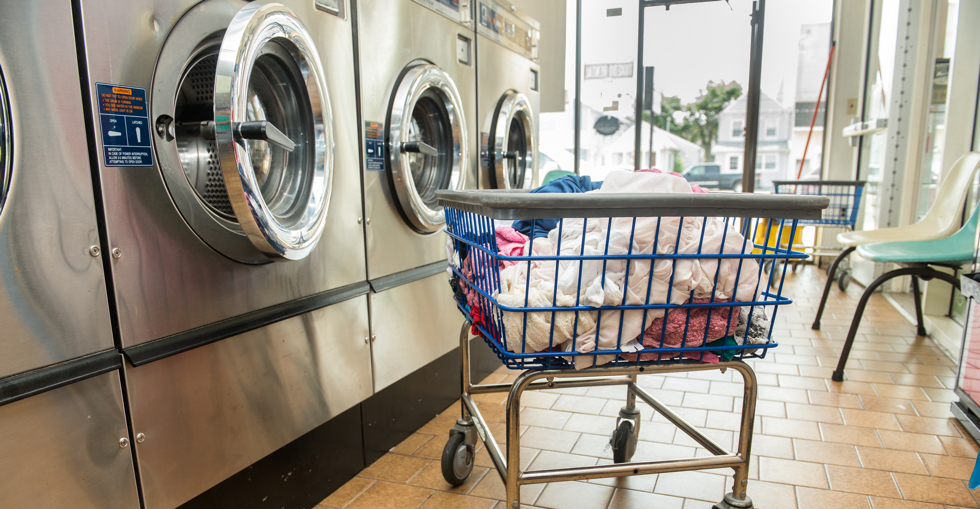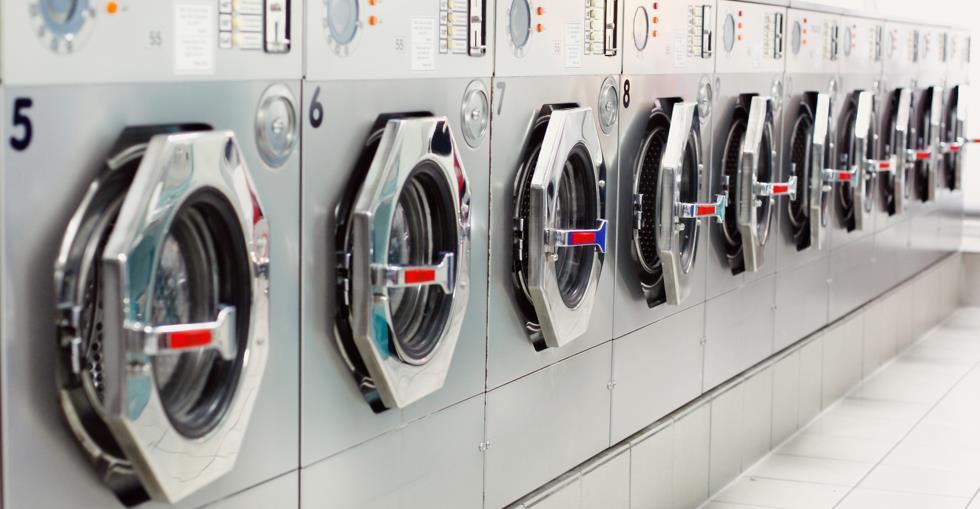So, you own a
- “Don’t get taken to the cleaners!”
- “This business will really clean you out!”
- “Wow, laundry huh? You must really be cleaning up!”
All jokes aside, running a laundry business carries all the potential risks of any business
So, let’s dive into what it takes to successfully run a laundromat.
The “old” laundromat business model
In general, the laundry industry covers two basic types of businesses:
- Self-service laundromats (often using coin-operated washers and dryers, vending options, and other forms of automation)
- Full-service laundry services (usually including dry cleaning, wash-and-fold, pressing, and more)
For most of the history of the industry in the United States, those two business models stayed separated. But today, they’re becoming more entwined as laundry entrepreneurs recognize the changing needs and desires of their clientele.

The “new” laundromat business model
These days, the traditional coin-op laundromat is still just as relevant and valuable as it’s always been, especially in urban areas where apartment dwellers, college kids, and other people (without the means or inclination to own their own washers and dryers) live.
Having clean and presentable clothes is a prerequisite for most jobs and social situations, and that’s not likely to change anytime soon.
However, the fully-automated laundromat — with next to no staff and nothing but washers, dryers, vending machine detergent, and flickering fluorescent lights — is becoming less and less viable these days.
That’s because traditional “I-come-here-because-I-have-to” customers are increasingly being supplanted by wealthy professionals who have chosen to forego homeownership and other aspects of the old-fashioned American Dream, and are therefore in a position to desire and demand more from their friendly

As a result, the laundry business of the future involves a hybrid business model that builds off the automated laundromat as a foundation, but then incorporates additional staff, equipment, and
- Dry cleaning
- Wash-and-fold laundry services
- Mending/alterations
- Ironing/steam pressing
Other possible products and services that have already been successfully mashed up with the traditional
- Snack bar/vending
- Pool or Foosball tables
- Video games
- Live music/stand-up comedy
The point is simply to take full advantage of the space you have and the potential for repeat customers dropping by every few days. Give them plenty of reasons to enjoy their visit and tell their friends!

The details are important too
Zooming in a little closer, the day-to-day activities that spell success for nearly any small business apply just as well to running a laundromat:
Marketing
Like any local small business that relies on repeat customers, you need to effectively market your laundry business to potential patrons.
These days, Google My Business is your friend, along with Yelp, Foursquare, and
Beyond digital marketing, however, good old-fashioned advertisements, coupons, and press coverage in local newspapers and community newsletters can still be effective for a
Customer service
Once you get people coming through the door, success depends on making them glad they came.
Excellent customer service in a laundry business includes a few key aspects:
- A clean, safe, inviting atmosphere
- Quality equipment in good repair
- Friendly, helpful staff (if your laundromat has staff available)
Beyond those basics, being proactive in making sure your customers are satisfied and seeking out positive reviews online can go a long way in boosting your reputation for great customer service.
Bookkeeping
Finally, it’s important to keep careful track of the financials, just as it is with any small business.
The laundry business tends to run on fairly thin margins and overhead for rent, supplies, and equipment maintenance can be expensive. So, it always pays to keep meticulous records and look for efficiencies or cost savings wherever possible.
Consider an exit strategy
While you may be truly enjoying running a laundromat, remember that, at some point in the future, you may want to retire or move on to something else.
If you want to save yourself a ton of work and ensure the best possible profit, preparing ahead for selling your laundromat starts with how you’re running it day-to-day. Read the article, How to Sell a Dry Cleaning Business for more tips if you’re heading that way.


